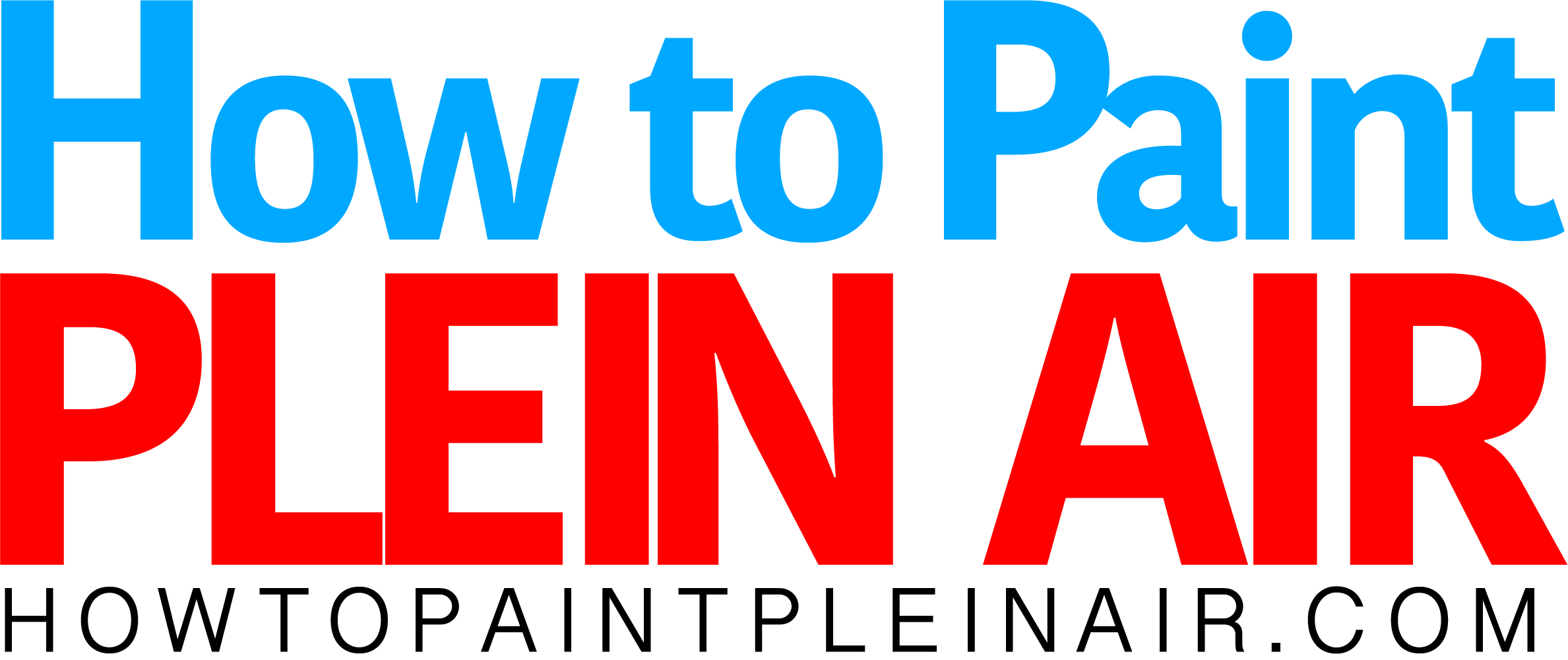Indoors is Not Outdoors
Plein air painting is something like that, too, something like cooking, in the sense that there is also an end result which can be arrived at in different ways. One way is plein air painting. The other is just painting. Both are valid ways of painting, but here we are defining plein air painting. Clearly, plein air painting is not akin to opening a can of chili unless you are painting a can of chili outdoors in the scene before you, in which case a can of chili is perfectly acceptable. Forgive the digression into absurdity. The key requirement is the “outdoors” part.
Plein air painting means painting outdoors, not in the studio. And speaking more to the spirit of the phrase, the artist is not just painting outdoors but is painting the outdoors.
We can easily prove that painting plein air is not akin to opening a can of chili by starting with the French term “plein air”. Still, this will not be enough proof for some artists. Nevertheless…”plein air” is generally translated to mean “outdoor”. Plein air painting means painting outdoors, not in the studio. And speaking more to the spirit of the phrase, the artist is not just painting outdoors but is painting the outdoors. In other words, the artist is painting a scene before him in the open air, outdoors, and is not painting some imaginary or remembered scene or still life that does not actually exist before him, at that moment, outdoors.
[bctt tweet=”Plein air painting means painting outdoors, not in the studio.” username=”zentemple”]
The artist may paint a can of chili that is sitting there on a log in front of him outdoors, but if he is painting a can of chili from his memory or, more likely, is painting a can of chili because he is hungry, this is not plein air. The proof is the existence of the can of chili, right there before him, outdoors. Can of chili actually there: plein air. Can of chili imaginary: not plein air.
The nameless masters who created the lovely, vivid pieces in the caves at Lascaux were, by definition, not plein air painters. The scenes were remembered and/or imaginary and possibly all mixed up in their minds with unseen power. We don’t know for sure.
They may have been prayers, so to speak, painted on a cathedral wall rather than spoken, the cathedral being like a studio, out of the weather, secluded, full of mind stuff. The animals in these paintings were not there in front of them and, furthermore, they were not “outdoors” so these are studio paintings, not plein air.
Back to cooking chili. So, if two essentially identical meals of chili are prepared in two completely different ways making one cooked and the other merely prepared, then two paintings of the same subject, say a towering eucalyptus tree, one painted indoors and one painted outdoors, the first would be considered plein air and the second, a studio piece.








